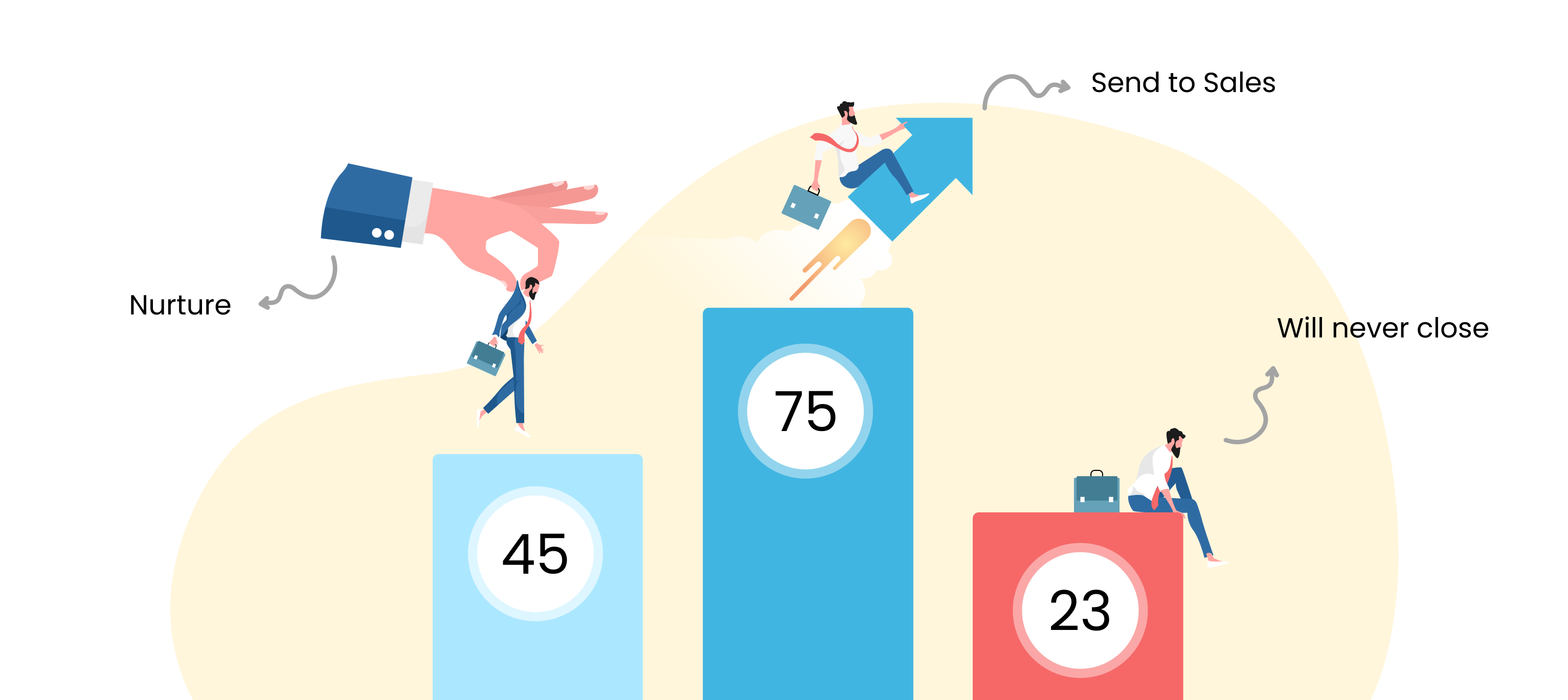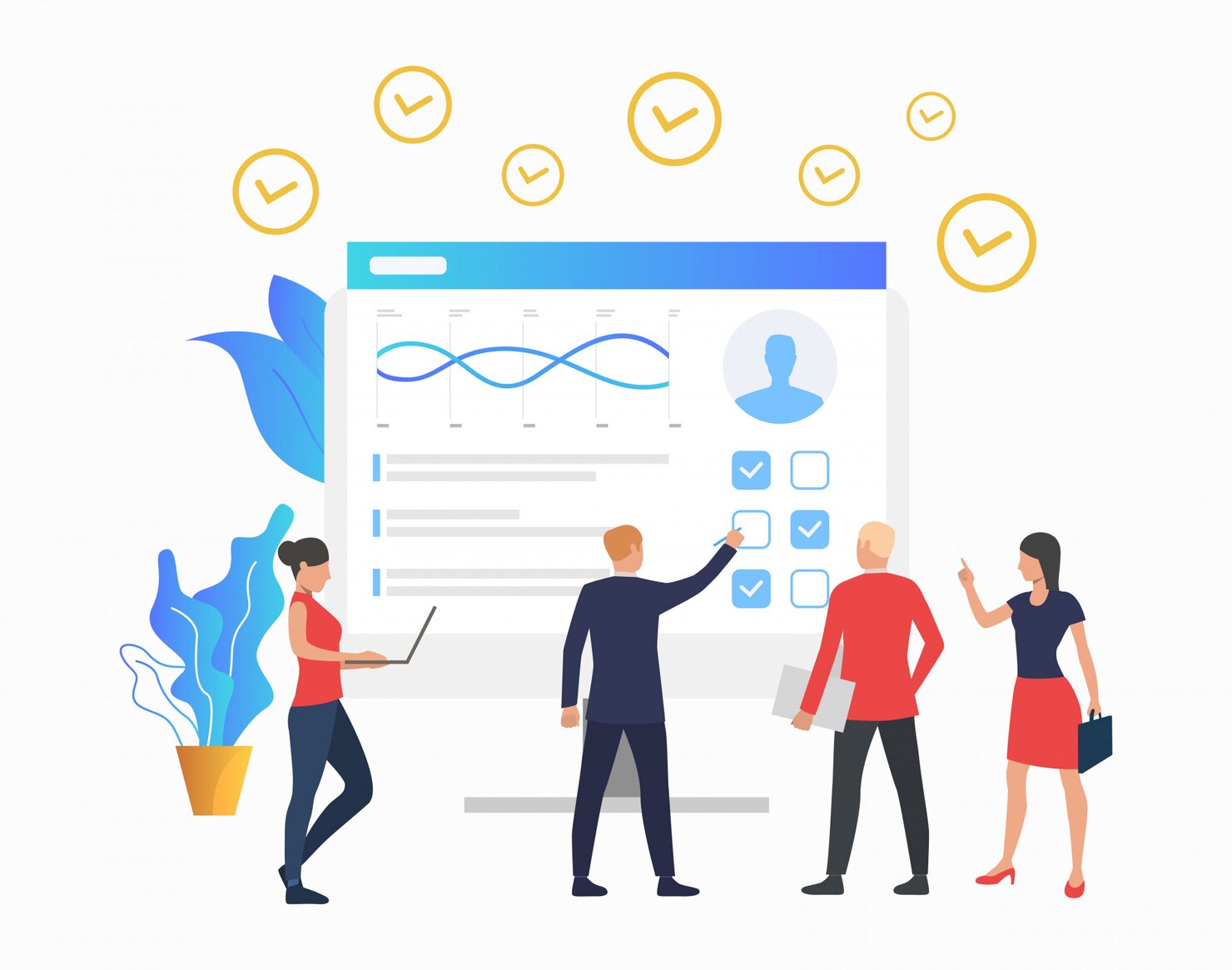
How to Classify Leads and Boost Your Sales Success
Introduction
Lead classification plays a crucial role in determining the potential success of a sales campaign. Identifying and categorizing leads based on their readiness to make a purchase can significantly impact conversion rates and save valuable time and resources. Whether you're getting into sales or are a budding entrepreneur, learning lead classification will make your sales processes more efficient. In this blog, we will delve into the art of lead classification, and explore the different types of leads. We also discuss effective strategies for categorization and the tools that can aid you in the process.
TL;DR
- The types of leads are
- Cold leads - with minimal engagement
- Warm leads - with minor engagement
- Hot leads - with maximum or major engagement
- Lead scoring refers to assigning a value to each lead based on their likelihood of converting to customers
- Effective strategies for lead classification include
- Gathering data about your leads and analyzing their behavior
- Creating well-defined buyer personas
- Develop qualifying questions for a lead qualification process
- Establish clear and measurable criteria for each lead type
- Utilize automation tools to streamline lead classification
Sign up for the WhatsApp Business Profile and get started classifying your leads on WhatsApp today!
Understanding the Types of Leads

Before diving into classification, it's essential to comprehend the various types of leads commonly encountered in sales. Leads can generally be categorized into three main types:
-
Cold Leads:
Cold leads are at the earliest stage of the sales funnel. They have minimal or no prior engagement with your brand and require substantial effort to convert. They may have come across your business through marketing efforts or referrals and possibly even had an initial interaction. However, they are classified as cold if they stop interacting or have not engaged or interacted at all. Characteristics of cold leads include:
- They encountered your brand through advertising but haven't interacted further.
- They have not responded to marketing efforts or emails.
- They have not shown interest in any particular product or service.
Cold leads are the most challenging to convert and typically require a focused lead-nurturing strategy to warm them up.
-
Warm Leads:
Warm leads have shown some interest in your offerings but may not be ready to make a purchasing decision. They are often in the research and evaluation stage of the buying journey. Key characteristics of warm leads include:
- They have subscribed to your newsletter or filled out a contact form on your website.
- They have engaged with your content on social media, blogs, or emails.
- They have attended webinars or downloaded resources such as whitepapers or case studies.
- They have shown interest in specific product features or pricing information.
While warm leads have demonstrated interest, they need further nurturing and personalized communication to move them closer to conversion.
-
Hot Leads:
Hot leads are the crème de la crème of the lead pool. They are individuals who have expressed a high level of interest in your product or service. They are also generally very close to making a purchasing decision. Hot leads often display the following characteristics:
- They have explicitly reached out to your sales team seeking product information, pricing, or a quote.
- They have requested a product demo, trial, or samples.
- They have engaged in one-on-one conversations with your sales representatives.
- They have demonstrated a clear understanding of their needs and how your offering can address them.
- They have a short timeline for making a purchase.
Hot leads represent the most immediate revenue opportunities, and converting them should be a top priority for your sales team.
The Importance of Lead Scoring

Lead scoring is a crucial aspect of lead classification that enables businesses to prioritize and allocate resources efficiently. It involves assigning a value to each lead based on various factors, such as engagement level, demographics, and firmographics. By using lead scoring, sales teams can focus their efforts on high-priority leads, increasing the likelihood of conversions.
Effective Strategies for Lead Classification
-
Data Analysis:

One of the primary steps in lead classification is gathering data about your leads and analyzing their behavior. Utilize marketing automation tools and customer relationship management (CRM) systems to track interactions, engagement metrics, and browsing patterns. This data will provide valuable insights into lead quality.
-
Define Buyer Personas:

Creating well-defined buyer personas helps in understanding the different segments of your target audience. Tailor your classification approach to the preferences and pain points of each persona, making your communication more personal and effective.
-
Engage in Lead Qualification:

Implement a lead qualification process to determine if a lead meets your ideal customer profile. Develop a set of qualifying questions that help identify a lead's pain points, needs, budget, and timeline.
-
Set Clear Criteria:
Establish clear and measurable criteria for each lead type. For example, a cold lead might have little to no engagement, a warm lead could have opened emails and downloaded resources, and a hot lead has requested a product demo or pricing information.
-
Automate the Process:

Utilize automation tools to streamline lead classification. Automated lead scoring based on predefined rules can help you save time and ensure consistent evaluations.
Leveraging Technology for Lead Classification
-
Customer Relationship Management (CRM) Systems:
A CRM system serves as a central repository for lead data, enabling easy access, tracking, and analysis. Modern CRM systems often come equipped with lead-scoring capabilities, making the classification process more efficient.
-
Marketing Automation Tools:
These tools facilitate lead nurturing and engagement, allowing businesses to identify and qualify leads as they interact with marketing content.
-
Artificial Intelligence (AI) and Machine Learning:
AI-powered lead scoring models can analyze vast amounts of data,. This enables businesses to predict lead behavior and prioritize leads with a higher likelihood of conversion.
In Conclusion,
Lead classification is a vital aspect of any successful sales strategy. By understanding the types of leads, classification strategies, and tools, businesses can optimize their sales efforts for better conversion rates.
However, lead classification is not a one-time task; it requires ongoing analysis and adjustment to ensure its relevance and accuracy. Stay proactive and adapt to changing market dynamics to stay ahead of the competition. With lead classification, you can unlock the full potential of your sales team and propel your business toward success.
At kwiqreply, we can help you fully leverage the features of the WhatsApp Business API to secure and convert leads. So, embrace the power of WhatsApp and unlock its potential for your business today!
Click here to book a free demo and let us show you how you can do more business with WhatsApp.
Read more blogs like this -